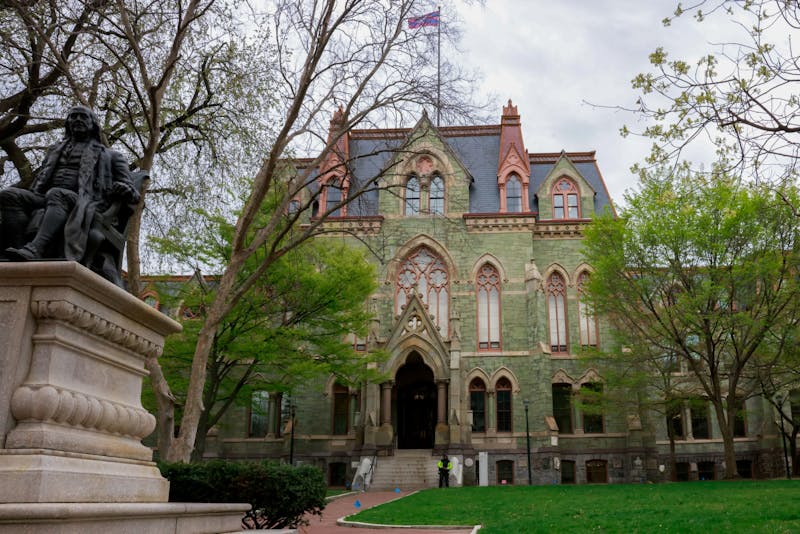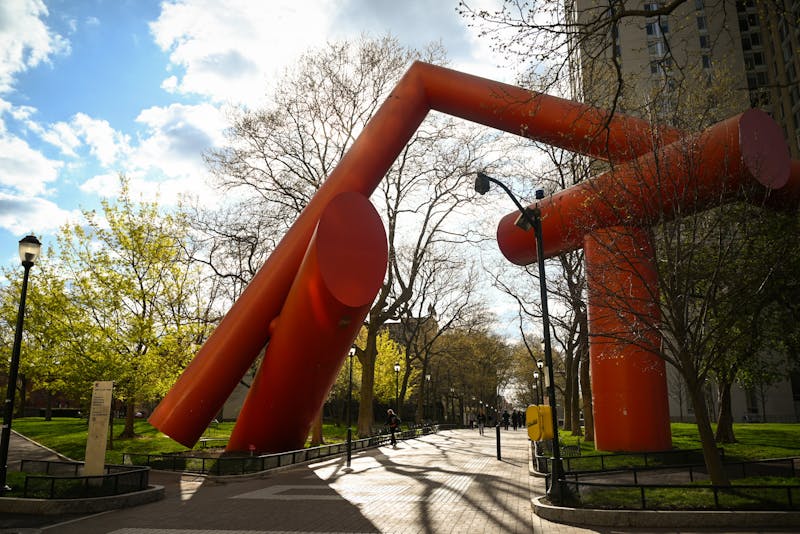A Penn researcher has helped develop a method to transplant sperm-producing cells from one species to another. Ralph Brinster, a professor of Reproductive Physiology in the School of Veterinary Medicine was able to take spermatagonia, or "stem cells" from a rat and implant them into a mouse, creating a mouse that produced rat sperm. His findings were published last week in the journals Nature and Nature Medicine. Some of the applications of this experiment could include conserving endangered species, breeding livestock and aiding human infertility. The stem cells are able to indefinitely replenish an individual's sperm supply, making this method superior to artificial insemination. Even after an individual's death, his preserved stem cells can continue to generate sperm, creating a "biologically immortal" male, according to Time Magazine. This could also be used in the breeding of thoroughbred animals, helping to keep a champion line alive. In a 1994 study, Brinster was able to transfer stem cells from a fertile mouse to an infertile mouse, allowing the recipient to "father the genetic offspring of the donor," according to The Philadelphia Inquirer. He predicted at the time that in the future these techniques could be applied to people as well. He also said his discovery could be used to permanently cure genetically transmitted diseases. In the most recent development, Brinster successfully removed and froze stem cells from rat for 156 days. He then thawed them and grew them in a mouse, which proceeded to generate rat sperm. So far all of his experiments have dealt with only rats and mice, but he said he hopes to extend the technique to farm animals. In April, Brinster was awarded the annual March of Dimes Prize for Developmental Biology for his development of a transgenic mouse. During his research career, Brinster has made many other significant contributions to the world of developmental biology. He has created a giant mouse by transferring growth hormone genes from rats to mice. And he introduced a number of improvements to existing methods of culturing mouse eggs and embryos in vitro while working on his doctoral dissertation of the Veterinary School, and the system he created formed the backbone for research in this area over the next 30 years.
The Daily Pennsylvanian is an independent, student-run newspaper. Please consider making a donation to support the coverage that shapes the University. Your generosity ensures a future of strong journalism at Penn.
DonatePlease note All comments are eligible for publication in The Daily Pennsylvanian.








